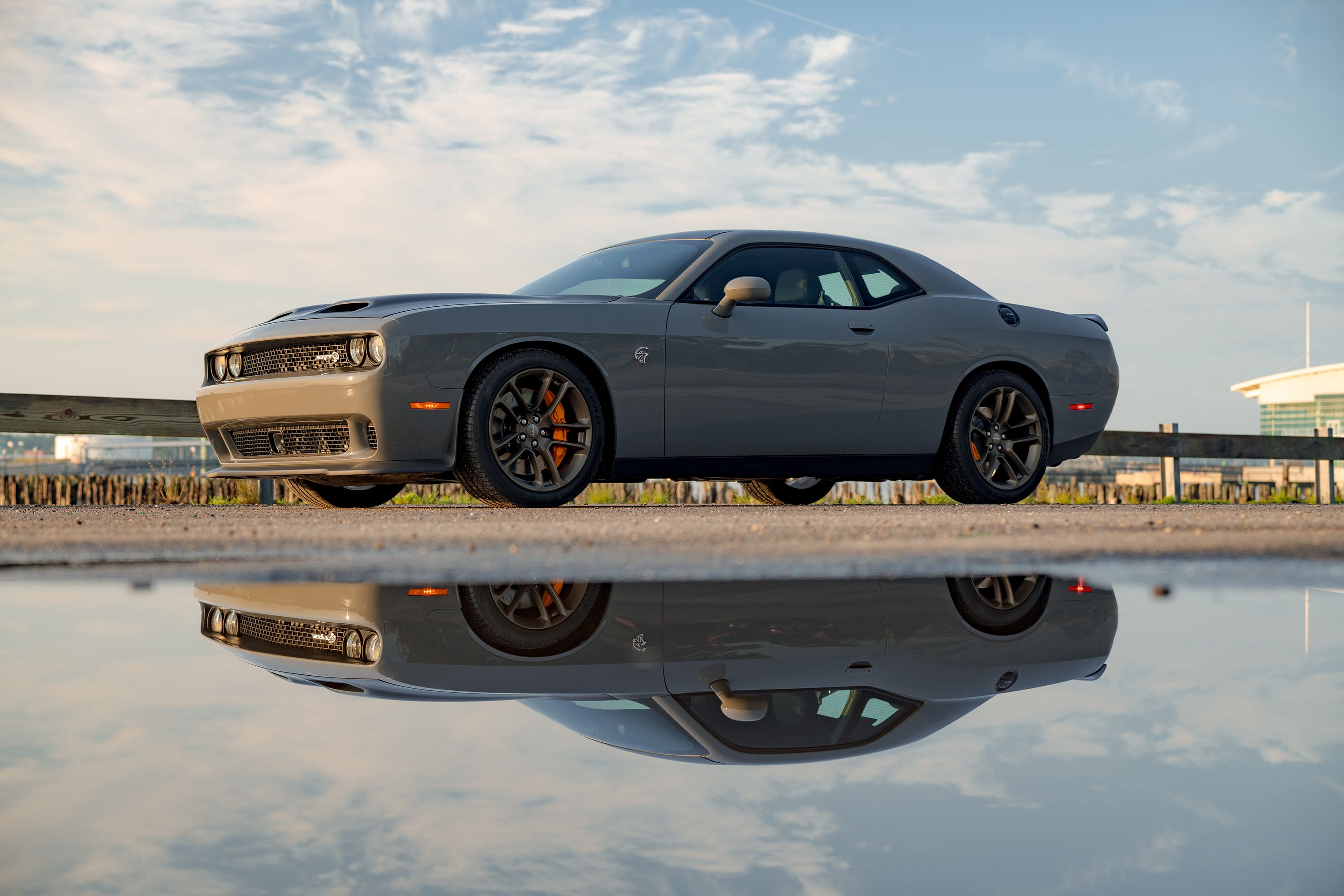
In theory, the main difference between the Dodge Challenger Hellcat and the Dodge Challenger Hellcat Widebody is that the latter of the two has a wider (and therefore more badass-looking) body. In practice, however, that single difference is made up of multiple changes to the muscle car that alter performance. To go over those changes in an in-depth manner, our favorite guy for explaining complex automative concepts in terms we can sort of understand comes to the rescue.
To make things more entertaining, Jason Fenske of Engineering Explained teams up with CarThrottle for an in-depth look at the Challenger Hellcat Widebody. With 707 horsepower going to the rear wheels, the Hellcat's main problem is figuring out what to do with all that power.
It's skinner sibling is notorious for overwhelming its tires' grip budget and turning a launch into a burnout. The wider body helps solve that problem by accommodating wider tires, giving the Hellcat more grip and in turn, quicker launch times. That grip also helps in the corners, helping the Challenger Hellcat Widebody to wind its way around a corner more quickly and accelerate out of it without swinging the tail wide. Not that there isn't a price to pay, however. With a body that's 3.5-inches wider than the standard Hellcat, drag coefficient is up to 0.4 instead of 0.38, which lowers top speed by a few mph. Worth it? For those looks, we think so.

